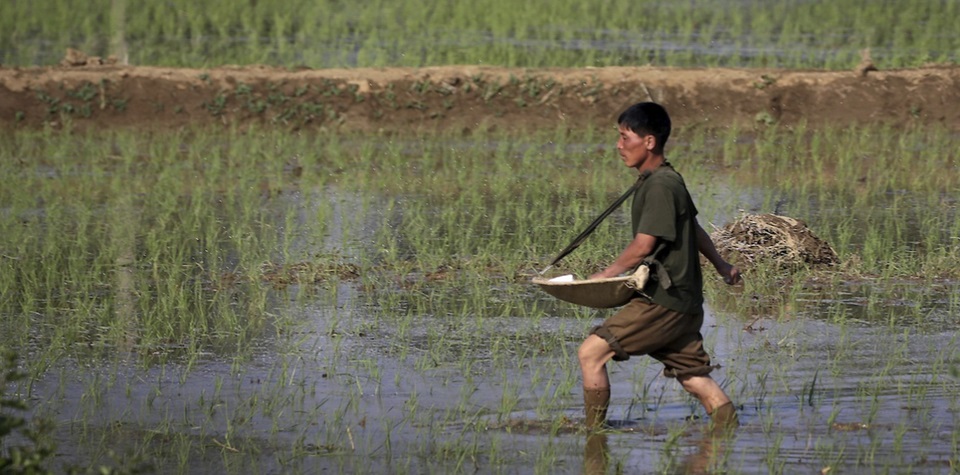
Hunger remains a chronic problem in Asia, with 55 million more people undernourished in 2022 than before the COVID-19 pandemic, the United Nations’ Food & Agriculture Organisation (FAO) says in its latest assessment of food security in the region.
Most of those living without enough to eat are in South Asia, and women tend to be less food-secure than men, the report says.
The study focuses on food supply, consumption, and dietary energy needs and is designed to capture a state of chronic energy deprivation that stunts growth and saps productivity and quality of life.
The share of people in the region suffering from such undernourishment fell to 8.4 percent in 2022 from 8.8 percent the year before. But that’s higher than the 7.3 percent of people who were undernourished before the coronavirus pandemic began in 2020, sending some economies into a tailspin and depriving millions of people of their livelihoods.
Natural disasters and disruptions to food supplies, often linked to climate change, have added to those pressures.
The FAO data shows the share of people in the region facing moderate food insecurity, uncertain of their ability to obtain food and having to sometimes eat less or poorer food due to a lack of money, or those experiencing hunger that puts their well-being at serious risk, still hovers near 30 percent for the world and above 25 percent for Asia and the Pacific.
The problem is worst for women: more than one in five women in Asia, excluding East Asia, face moderate or severe food insecurity.
The rates are slightly lower for men in most regions, but in southern Asia, the gap grows to more than 42 percent for women and more than 37 percent for men.
Higher food, fuel, fertilizer, and livestock feed prices mean that progress has stagnated after the pandemic reversed a longstanding trend beginning in the early 2000s toward alleviation of hunger.
It is a global problem, made worse by disruptions to supplies of grain, edible oil, and fertilizer partly due to the war in Ukraine.
Worldwide, the number of people having precarious access to food rose to nearly 2.4 billion in 2022 from just over 1.6 billion in 2015, the report said.
In Africa, the UN says at least three of every four Africans can’t afford a healthy diet because of an “unprecedented food crisis.”
More than half of the 735 million people who are nourished worldwide live in the Asia-Pacific, most of them in South Asia.
But North Korea has the largest regional share of people who are undernourished, the report says, at about 45 percent, followed by Afghanistan at 30 percent.
The world average for undernourishment is 9.2 percent, while in the Pacific islands of Oceania, excluding Australia and New Zealand, it was nearly 21 percent or more than one in five people.
In southern Asia, about 16 percent of people are undernourished, the report says.
We hope you appreciated this article. At People’s World, we believe news and information should be free and accessible to all, but we need your help. Our journalism is free of corporate influence and paywalls because we are totally reader-supported. Only you, our readers and supporters, make this possible. If you enjoy reading People’s World and the stories we bring you, please support our work by donating or becoming a monthly sustainer today. Thank you!












Comments